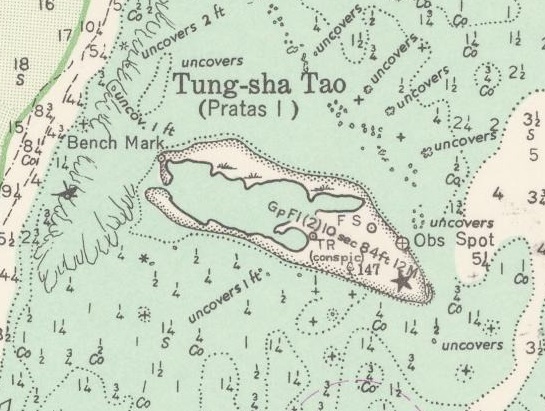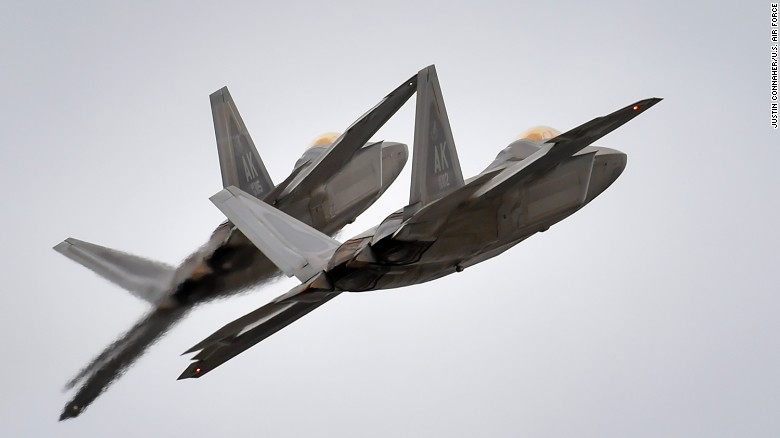This post is a summation of my previous ten posts on the subject. We first looked in two posts whether there was a reasonable threat of Taiwan being invaded in the next six years. Our conclusion was that the idea was “somewhat loopy.” I was surprised that I received no push-back from any readers on this. The two posts are:
Invading Taiwan in the next six years – wherefore and why? | Mystics & Statistics (dupuyinstitute.org)
Invading Taiwan in the next six years – the fight? | Mystics & Statistics (dupuyinstitute.org)
My nagging suspicion was that the claims made by retiring Admiral Phillip Davidson of the Indo-Pacific Command was a whole lot more related to preserving or generating budget than it was a realistic assessment.
I then looked at what is the costs and risks for China if they choose to invade Taiwan. They are significant and it is not just economic. I also looked at the leadership of China, which is more than one man. This is in this post: Will China take the risk and actually invade Taiwan? | Mystics & Statistics (dupuyinstitute.org)
I then took a more long-term look (20 years) at the subject with an introductory post and six follow-up post discussing each of the six variables in depth. They are:
Will China invade Taiwan in the next 20 years? | Mystics & Statistics (dupuyinstitute.org)
Variable 1: Who is the leader of China? | Mystics & Statistics (dupuyinstitute.org)
Variable 2: What is the changing composition of the politburo? | Mystics & Statistics (dupuyinstitute.org)
Variable 3: How is the economy of China doing? | Mystics & Statistics (dupuyinstitute.org)
Variable 4: Is there a problem with internal turmoil and unrest in China? | Mystics & Statistics (dupuyinstitute.org)
Variable 5: What is the degree of U.S. commitment to Taiwan? | Mystics & Statistics (dupuyinstitute.org)
Variable 6: What is the size and capabilities of the Chinese Armed Forces? | Mystics & Statistics (dupuyinstitute.org)
To try to summarize, the leadership of China is in their sixties. They tend to be careful, deliberate and somewhat risk adverse. They are not very likely do a high-risk operation that could undermine the Chinese economy and potentially Communist Chinese rule. Therefore, the Taiwan is really not at risk of invasion unless there is a leadership change and this is probably not going to happen in the next 10-15 years. That new leadership may also be risk adverse. So, kind of looking at less than a 25% chance of getting risk taking leadership who would be tempted to do this, and that window for that happening is probably 15-20 years out.
But, in addition to getting the leaders who would take the risk, the Chinese also needs to build up a navy and air force to do so. They really don’t have the air force. For example, they only have 400 modern aircraft. Taiwan alone has 159. Add a few hundred aircraft from the U.S. inventory of 2,700 and any invasion is in trouble. Good luck conducting and sustaining a large amphibious operation when the defenders have air superiority. I don’t recall this ever being attempted before. Basically, for China to do anything militarily, it has to build another 1,000 or more modern aircraft. This is expensive. Certainly can’t be done with present defense budget. So, what we will see, and it we will have years of warning, is a significant increase in Chinese defense budget (above 2% of GDP), building of hundred of aircraft, building more naval assets and so forth. So we will know if they are really serious by the budget expenditures. Right now, their defense budget does not really give them the ability to invade Taiwan.
Now, of course, such a scenario does require U.S. assistance to defend Taiwan. This is discussed in “variable 4.” The real key is that to defend Taiwan can be done primarily with air assets. This is a much less lower threshold for engagement then sending troops, and we have not been that adverse to sending troops around the world (Grenada, Panama, Afghanistan, Iraq and Syria for example). Do we have enough commitment to send just air forces?
The real key is whether U.S. commitment declines over time and whether China does indeed build up. This does create a window say 15-20 years out where China may have the capability in place and U.S. commitment is wavering and the Chinese leadership is willing to take a risk. The problem is that China has a demographic problem. According to some reports, their population is already declining. This is going to create a drag on their economy.
We have been talking about this for a while: Demographics of China | Mystics & Statistics (dupuyinstitute.org)
Witness Japan: Where Did Japan Go? | Mystics & Statistics (dupuyinstitute.org)
So, the drag on the Chinese economy from their demographics, along with possibly other economic or political problems may well become a major factor in the next ten years. How does this play out if their window of opportunity for doing this military and politically is 15-20 years out? Does this mean that they really will never be in position to invade Taiwan? This does look to be the case.
Now, this does not rule out a mis-calculation or a major mistake by the Chinese leadership. History is full of such idiocy, like Japan attacking a country in 1941 that had over ten times the GDP that they did. So we cannot rule out, no matter how the situation looks on paper, that someone will ignore the statistics and do it anyway. There are plenty of examples of this in history.
Now, I do believe that it is essential that the U.S. maintains its commitment to Taiwan to maintain the deterrence. This certainly includes maintaining fleet presence in the area, arm sales to Taiwan, and conducting exercises with South Korea and Japan the emphasizes reinforcing the area. This are all good and what we have been doing. Of course, plopping a brigade in Taiwan would be the ultimate commitment, but I don’t think that is on anyone’s agenda.
Still, my conclusion is that this is:
- Not going to happen in the next 6 years.
- Probably not going to happen in the next 15 years.
- May be a threat in the next 15-20 years, but only if
- The new Chinese leadership is willing to take a risk.
- The Chinese economy is growing.
- The Chinese governance is stable.
- The Chinese military has been built up significantly.
- The U.S. commitment has weakened.
- Could always happen if the Chinese make a major mis-calculation.
My overall conclusion is that this is not very likely to happen. Still, one must be prepared for it, and by being prepared for it, it decreases the likelihood of it ever happening.
—–some additional ruminations from the first draft of this blog post that was done about a month ago——-
It is clear that the danger to Taiwan will become obvious over time. The army may be capable of conducting an amphibious invasion now, but the navy and air force is not large enough. With a concerted effort, certainly the Air Force could be built up and modernized over a decade or so, but it going to take longer to build a fleet that at least temporarily contest the seas with the U.S. These are build-ups that will develop over time and will be noticed. So we will know when were are truly moving into a period of real exposure. Whether the political leadership will react in the proper and timely manner is another subject.
But, there is also the possibility of a changing regime in the People’s Republic (more democratic or in political turmoil) could obviate the threat to Taiwan or much less likely, a changing regime in the Democratic Republic (Taiwan) could take away the need to defend it (they might want to join China?). So the problem could magically go away, but we have no indication of that now.
The end result is I do not think there is a real threat of it happening any time in the next decade. I think in the second half of the second decade (more than 15 years from now) China could have all the pieces in place to make it happen, but we will see them develop it over time. Right now, with defense spending at 1.7% or less of their GDP, they may not get there in two decades. But regardless, it will be clear if it is happening.
So, I sort of discount the possibility that China will invade Taiwan in the next 20 years. It could happen. To do so would require 1) new leadership that is willing to take the risk, 2) significant build up of the air force, 3) build up of naval and sea-lane control assets, 4) the correct internal regime conditions (desire and sufficient economic/political stability), and 5) a favorable international situation (U.S. lack of commitment). Will all these conditions track in a manor favorable to invading Taiwan in the next 20 years? I would not stake money on it.




